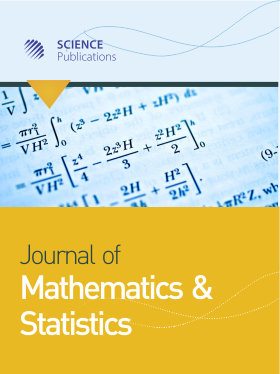Modeling and Forecasting Volatility of the Malaysian Stock Markets
Abstract
Problem statement: One of the main purposes of modeling variance is forecasting, which is crucial in many areas of finance. Despite the burgeoning interest in and evaluation of volatility forecasts, a clear consensus on witch volatility model/or distribution specification to use has not yet been reached. Therefore, the out of-sample forecasting ability should be a natural model selection criterion for volatility models. Approach: In this study, we used high-frequency to facilitate meaningful comparison of volatility forecast models. We compared the performance of symmetric GARCH, asymmetric EGARCH and non leaner asymmetric NAGARCH models with six error distributions (normal, skew normal, student-t, skew student-t, generalized error distribution and normal inverse Gaussian). Results: The results suggested that allowing for a heavy-tailed error distribution leads to significant improvements in variance forecasts compared to using normal distribution. It was also found that allowing for skewness in the higher moments of the distribution did not further improve forecasts. Conclusion: Successful volatility model forecast depended much more heavily on the choice of error distribution than the choice of GARCH models.
DOI: https://doi.org/10.3844/jmssp.2009.234.240

- 6,241 Views
- 4,703 Downloads
- 25 Citations
Download
Keywords
- GARCH-models
- asymmetry
- stock market indices and volatility modeling
